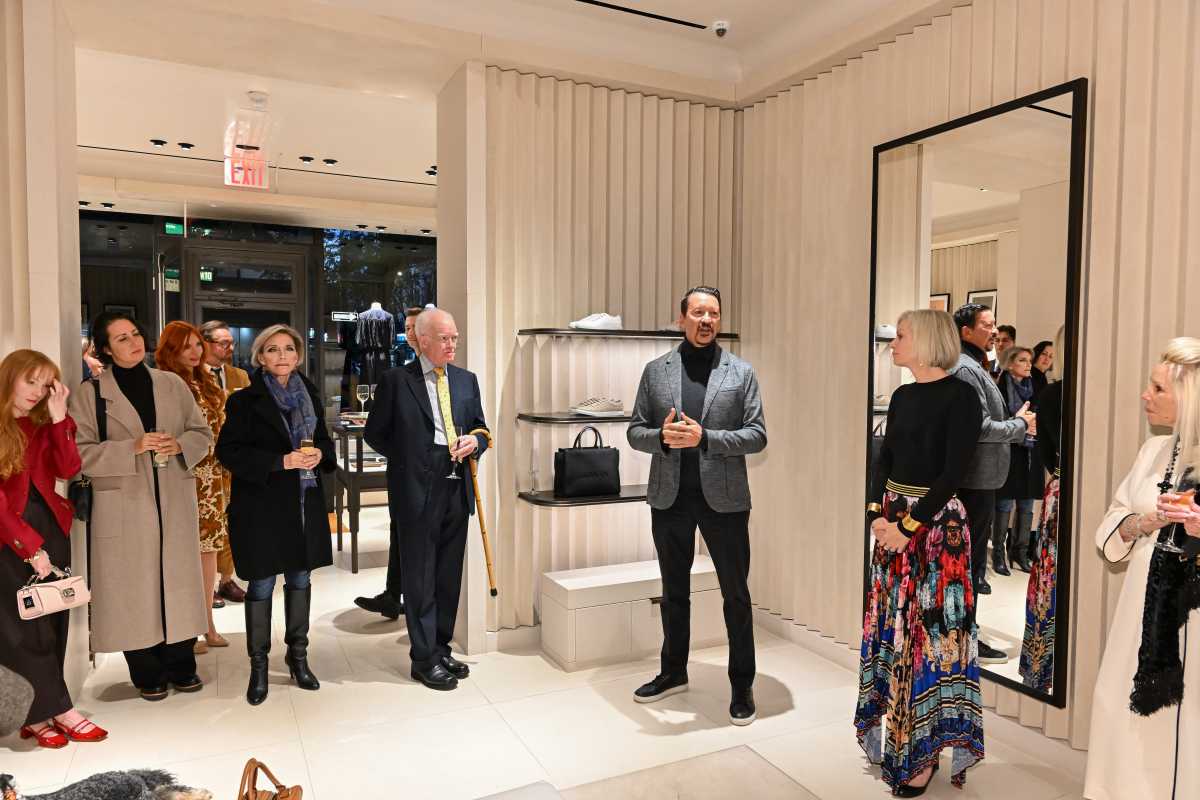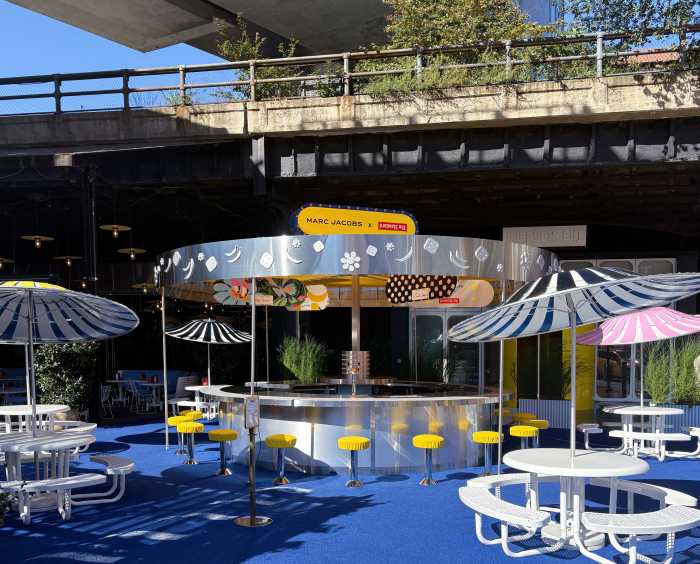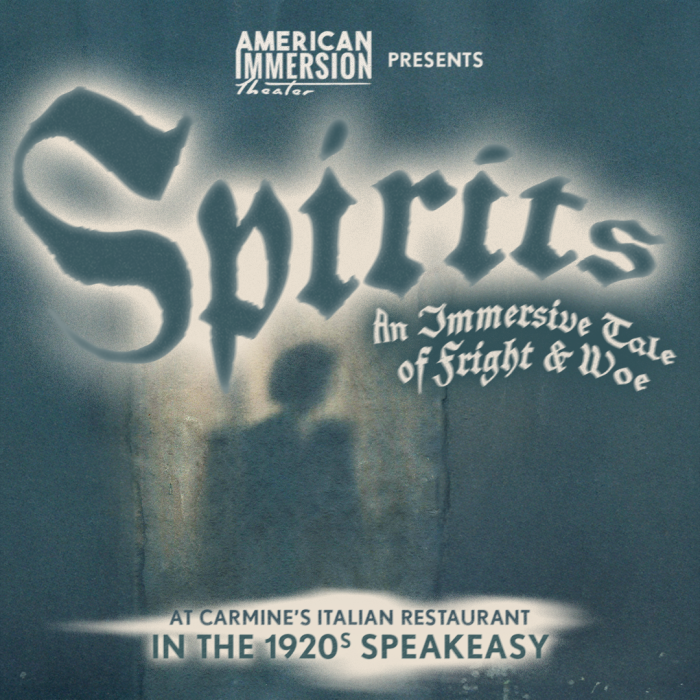The French have always understood that elegance is not an accessory—it is a philosophy. It is the curve of a glass, the weight of a silk hem, the shimmer of light against mirrored brass. As a lifelong Francophile, I have always believed that to walk into a Lanvin boutique is to step inside that very essence—centuries of refinement distilled into fabric and form. On October 16th, beneath the soft glow of Madison Avenue, that philosophy became living theater as French Heritage Society (FHS) joined Lanvin to host a fête worthy of Paris itself.
The evening marked the official kickoff for the FHS Art Deco Ball, the society’s annual gala dinner dance, to be held on November 12th at a private club in New York City. This year’s celebration honors the oldest French fashion house still in operation—Maison Lanvin—and its artistic director, Peter Copping, whose January 2025 collection will be his first for the storied maison. Founded in 1889 by the indomitable Jeanne Lanvin, the house was born from millinery and grew into a movement—a fusion of couture and architecture, where each seam whispered of Parisian modernism and maternal devotion.
Lanvin’s Madison Avenue boutique shimmered with that lineage. The soirée unfolded amid sculptural displays, mirrored surfaces, and the discreet perfume of jasmine and champagne. Jennifer Herlein, the effervescent Executive Director of FHS, and Gerrit Ruetzel, Lanvin’s President and General Manager for the U.S., offered warm remarks that wove together philanthropy and fashion—the shared devotion to preservation, beauty, and continuity. Lanvin generously donated ten percent of the evening’s proceeds to support FHS’s mission of safeguarding French architectural and cultural treasures, a gesture as graceful as the garments themselves.
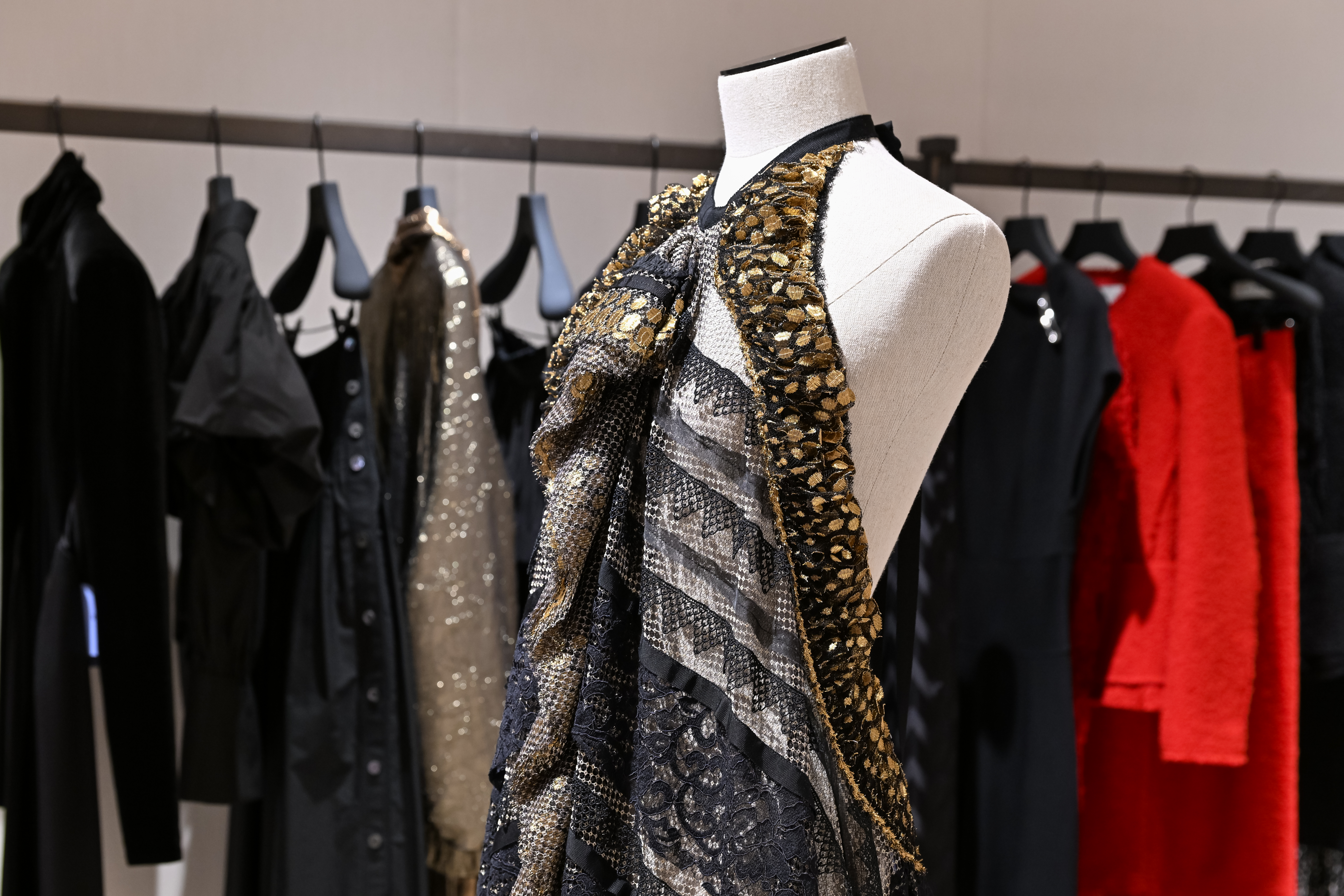
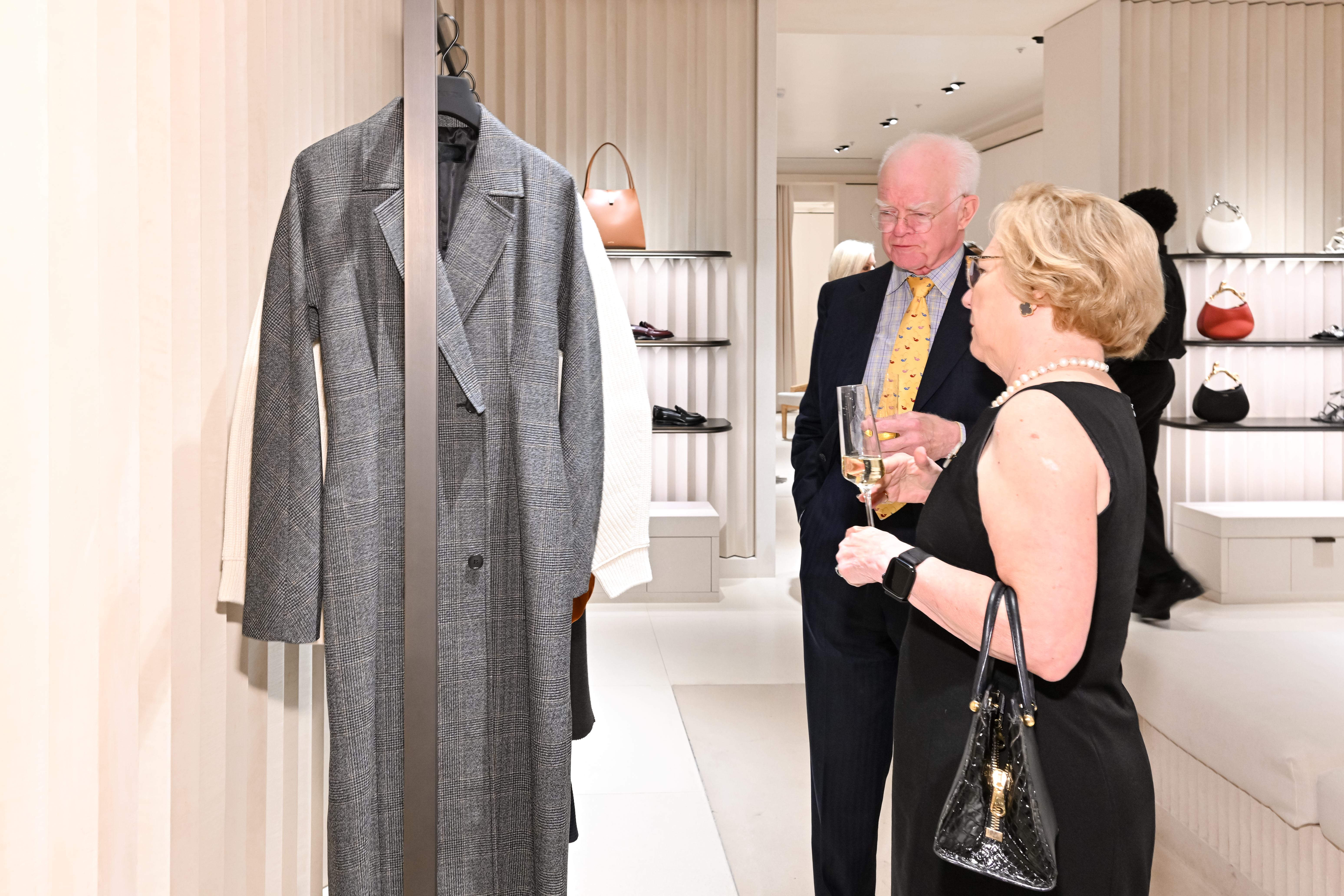

Guests floated through the evening in velvet, satin, and sparkle, embodying a living homage to the Art Deco spirit. Among them were the eternally elegant Elizabeth Stribling, Chairman of FHS, and board members Liz McDermott Barnes, CeCe Black, Jennifer Farrell, Kazie Metzger Harvey, and Ann Van Ness—each a custodian of culture in her own right. The crowd was a dazzling constellation: Pauline Argenson, James Demmert, Julie Auclair, Janna Bullock, Cheri Kaufman, Marilyn Kirschner, Michèle Gerber Klein, Margo Langenberg, and Sarah Tay, among many others, all gathered in reverence for France—not as a nation, but as an ideal.
There was an unmistakable hum in the air—a mixture of nostalgia and anticipation, of history meeting the moment. The legacy of Jeanne Lanvin, once the milliner-turned-visionary who defined French chic at the turn of the century, now converged with Peter Copping’s refined modern sensibility. His upcoming debut for the house promises a poetic reimagining of heritage: the dialogue between past and present that defines French artistry itself.
For me, evenings like this one feel almost devotional. They remind me why I fell in love with France in the first place—not merely for its aesthetic splendor, but for its reverence for craftsmanship, its insistence on beauty as a birthright, and its ability to make even preservation feel like an act of creation. The French Heritage Society is not just protecting architecture; it is protecting memory. It ensures that cathedrals, châteaux, and ateliers continue to breathe, whispering the language of history to future generations.
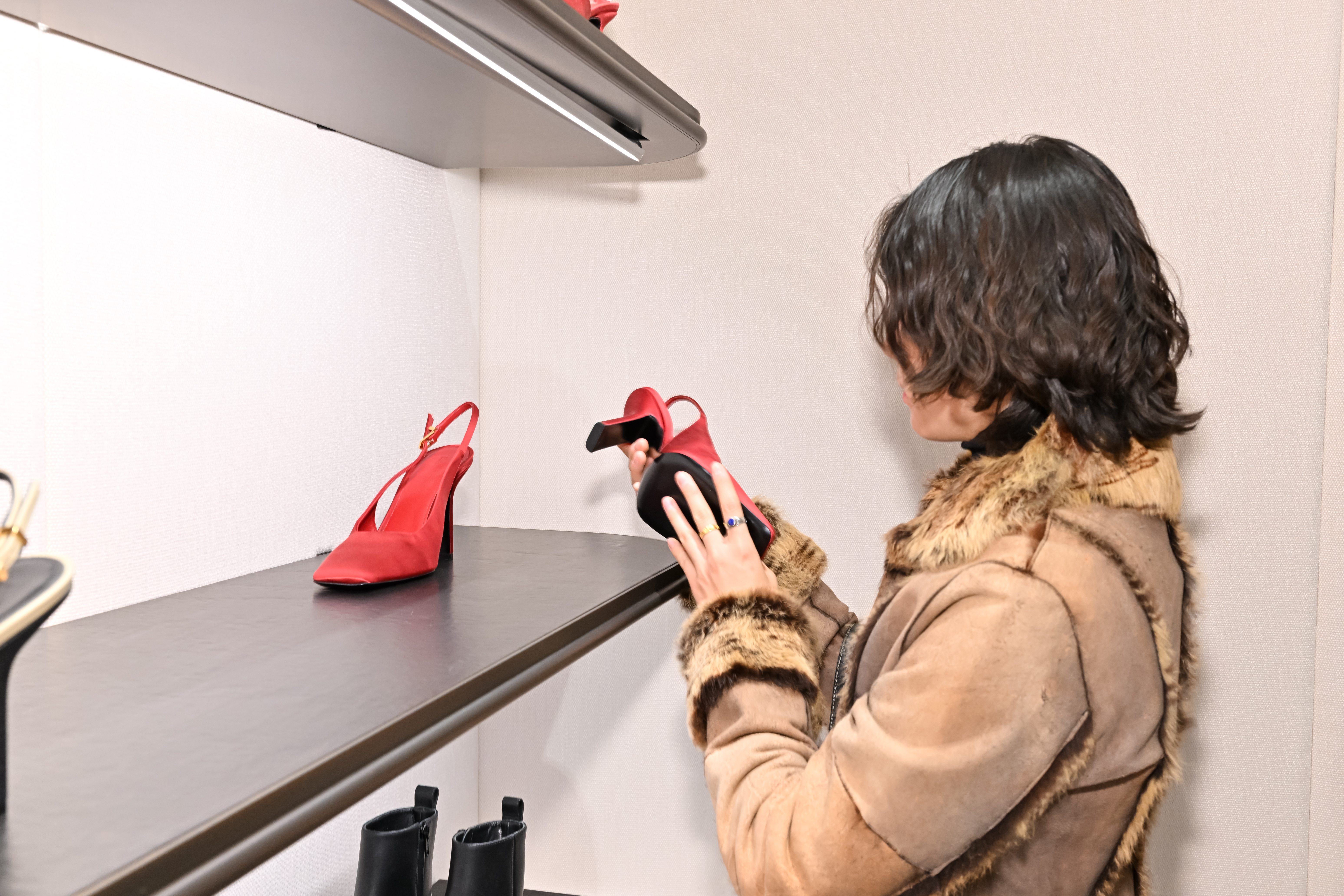
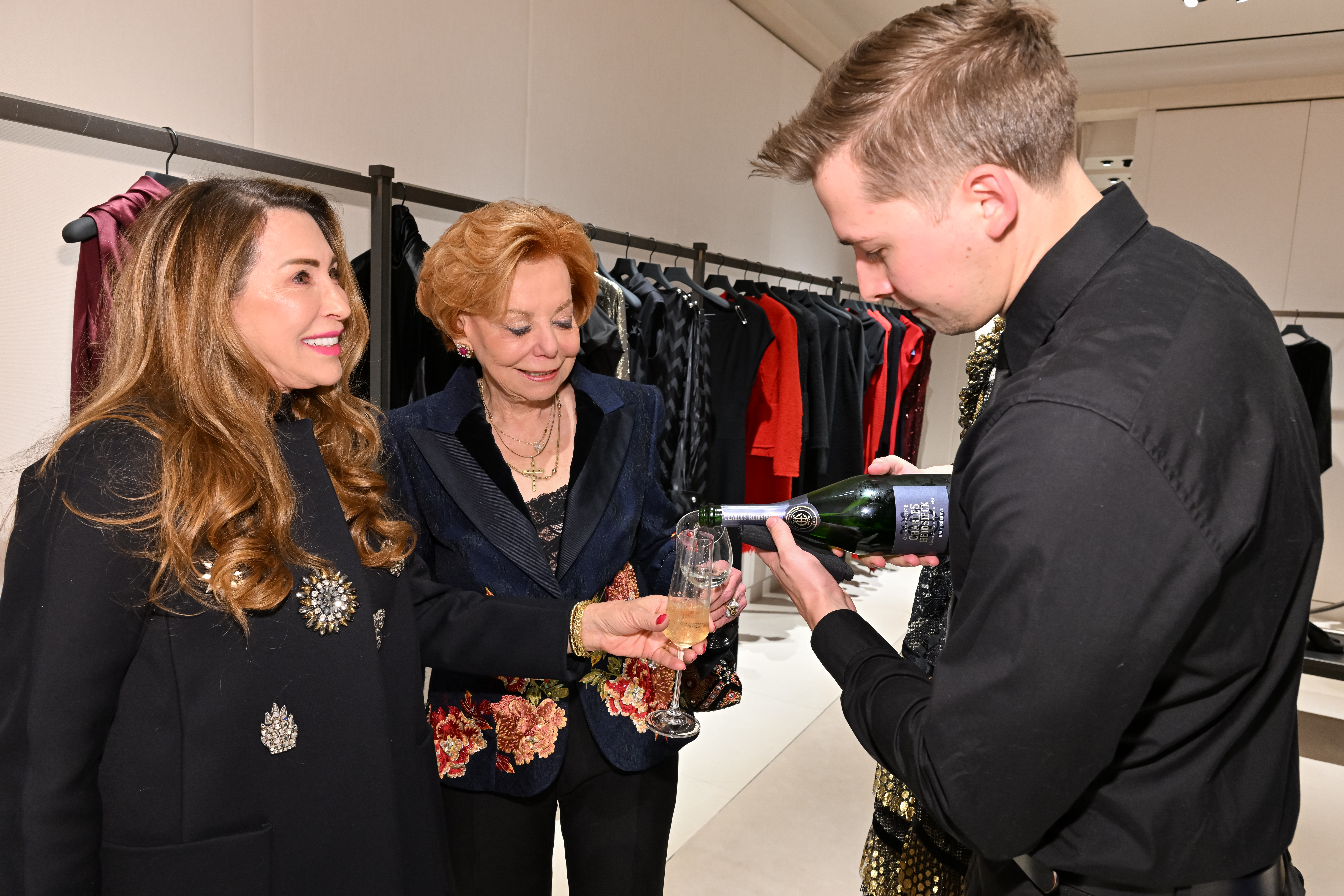
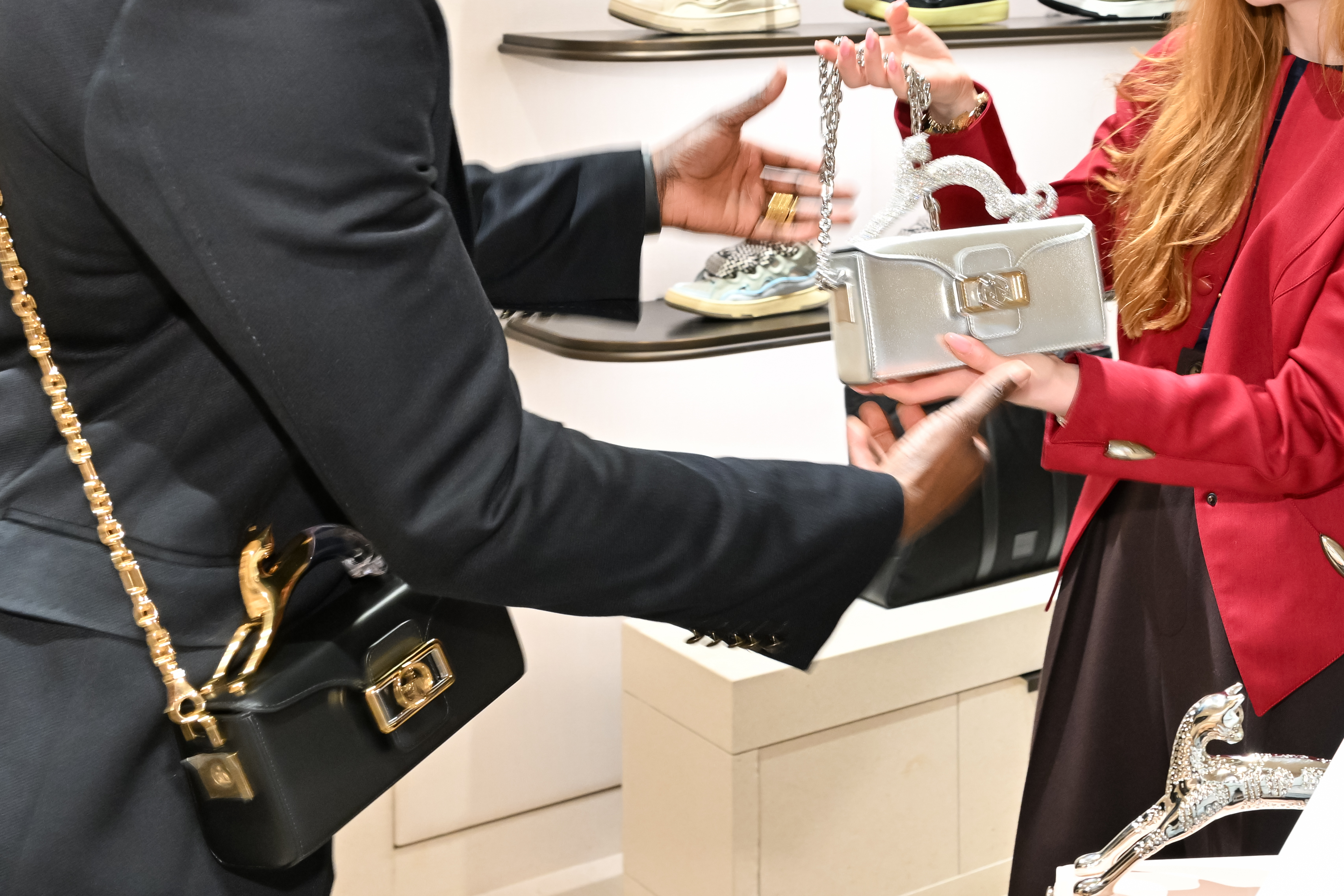
Since its founding forty-three years ago, FHS has awarded more than 700 restoration and cultural grants and supported nearly 600 university students who have crossed the Atlantic in pursuit of knowledge, artistry, and understanding. It is the quiet work of continuity—the elegant discipline of keeping civilization intact.
As the night faded into soft laughter and the shimmer of champagne, I found myself tracing the gilded lineage that led from Jeanne Lanvin’s atelier on Rue du Faubourg Saint-Honoré to this modern salon in Manhattan. History, it seems, never disappears. It only changes its silhouette.
On November 12th, as the Art Deco Ball unfolds in all its grandeur, the music of the Alex Donner Orchestra will carry that same promise forward—a promise to celebrate beauty not as vanity, but as virtue.
To attend is to participate in something greater than fashion. It is to honor a heritage that continues to define what it means to live beautifully, purposefully, and forever à la française.



